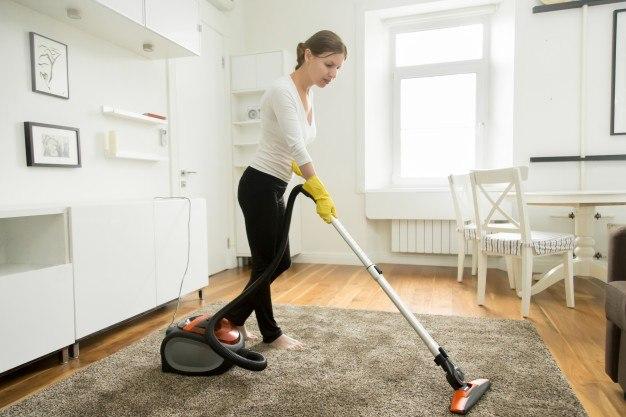
You can forget about home remedies such as dousing them in alcohol. You’re more likely to end up burning down your house, rather than making any significant dent in the bed bug population. Over the past few years, numerous homeowners have ignited devastating blazes when naked flames came in contact with rubbing alcohol that had been used to treat bed bug infestations. In several cases, the fires resulted in death or serious injury.
According to a 2014 survey, rubbing alcohol only kills half the insects in a typical infestation, leaving the rest to breed and rebuild the colony. Other common home remedies like ultrasonic bug repellers, insect foggers, essential oils and mothballs are also mostly ineffective.
So if you’d prefer to avoidburning down your house, then what’s the best way to get rid of these pesky intruders? The obvious answer is to call a professional exterminator. However, reliable pest controllers don’t come cheap, and they might be too busy to attend to your infestation at short notice. If that’s the case, then there are a few other simple but effective steps you can take to alleviate the problem.
Firstly, treat any infested possessions bysteaming them, heating them, freezing them, or putting them through a hot laundry. Then store your belongings in garbage bags or plastic storage boxes. Bed bugs hate to climb smooth surfaces, so this will help contain the outbreak.
Next, you should invest in a bed bug mattress encasement, which will prevent any bugs in your mattress from escaping, and stop new ones from getting inside. Without access to a blood meal, the bugs already inside your mattress will soon die of starvation.
Once that’s done, you should set some bed bug traps. Traps work by taking advantage of the fact that bed bugs are attracted to the CO2 exhaled by humans as they sleep. Bed bugs use this gas to find sleeping hosts at night. A commercial bug trap can cost $50 or more, but you can make one at home quite easily. All you need is a cup, a large plastic bowl, some sugar, water, and yeast.
Fill an old cup with ten tablespoons of sugar, two tablespoons of yeast, and one and a half liters of water, and then place it inside the bowl. Wrap the outside of the bowl with fabric or masking tape so the bugs have a rough surface to climb up. The carbon dioxide reaction in the cup will attract the bugs, and after climbing into the bowl they will be unable to scale the smooth inner surface to escape. Positiontraps close to beds and furniture, with at least one or two per room. The traps won’t kill the bugs, but it will catch them and allow you to detect an infestation in its early stages.
If youstill have large numbers of bed bugs lurking in your home, you can use a vacuum cleaner to suck the insects out of zippers, seams, cracks and crevices. Make sure you wrap the vacuum cleaner bag in plastic and dispose of it afterwards – or you can treat it using extreme heat or cold to kill any captured bugs.
Research has also shown that silica gel, diatomaceous earth and similar desiccant dusts are effective at killing bed bugs by fatally dehydrating them. You can sprinkle these dusts on bed frames, couches, and around the perimeter of your rooms.
If you really want to get rid of bed bugs today try SayByeBugs! It was developed as a safe and highly effective alternative among a sea of products that rarely deliver on their promises.
